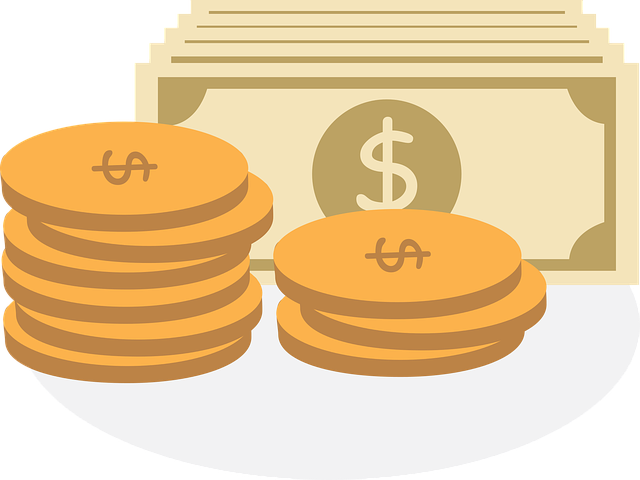It is not unheard of for Singaporean children to take care of their aging parents. This is partly due to our unwavering Asian culture of familial unity. We even have a legislation for it! Protected by the Maintenance of Parents Act, senior citizens who are unable to sustain their lifestyle can apply to the court in order for their children to provide a monthly allowance.
More than just a social obligation, there are four steps to begin a retirement plan for your parents.
#1: ANALYZE THEIR CURRENT FINANCIAL SITUATION
You must understand the overall financial circumstance that your parents are in. Are your parents’ CPF balances enough to sustain them for the years to come? Know whether they have a maturing savings account or an efficient estate plan. Compare these assets to their outstanding debts and other liabilities.
What led to the poor management of their golden nest? This means that you have to figure out their financial mistakes and help them to avoid these in the future. I have to admit that some setbacks are due to factors that are beyond their control (e.g., layoffs due to recession).
An open discussion is necessary.
Take all these into careful consideration while deciding how much support they will need from you to retire comfortably.
#2: DETERMINE THE EXACT TIMELINE
Determine when your parents intend to retire. Retiring at 50 sounds pleasant, but can your parents sustain their desired lifestyle for the next 30 years or so? You have to be realistic!
Some Singaporeans prefer to work on a full-time or a part-time basis as they go beyond the retirement age (i.e., aged 62 is the minimum according to the Retirement and Re-employment Act). Knowing exactly when the income stream will cease will provide you a rough idea of how much time you have to grow your wealth.
#3: PREPARE YOUR FINANCES
Preparing your finances goes hand in hand with the second bullet. It is a cooperative effort between you and your parents. You must highlight that they have to play an active part in the entire journey.
As long as you can afford to do so, you can set up their endowment plan. This is a prudent decision that will allow you to reap a beneficial compound interest in a span of a decade. This amount may supplement their CPF balances.
Moreover, preparation shall not be limited to the financial wealth. You can also focus on your parents’ wellbeing. Improving their physical health can reduce the risk of serious diseases. Enroll your parents to dietary programs, studio memberships, or wellness facility.
For instance, NTUC Health’s SilverCOVE at Marsiling Heights allows its members to enjoy an integrated senior wellness facility. SilverCOVE fuses social activities with lifelong learning initiatives with their gym facilities, TCM services, and more. The price for two people is about S$480 per year.
#4: DIVIDE THE RESPONSIBILITY
Raising a child is hard work, but taking care of your aging parents is no walk in the park either. Divide this responsibility between your siblings. Doing so will not only maintain fairness, but it will also reduce the financial risks of your parents. Say you are the sole provider of your family…picture what will happen to your parents if you suddenly lose your job. It is a gloomy sight!
For your younger brother who recently transitioned to the working scene, he can take on the weekly utility bills. For your sister who has a higher position in the company, she can help out with a portion of the mortgage repayments. Come into a mutual agreement during your discussion.

Image Credits: pixabay.com
The best time to help your parents is now. Consider speaking to a financial adviser to ensure that your parents can retire comfortably and peacefully.













